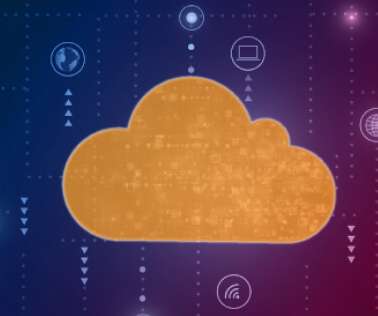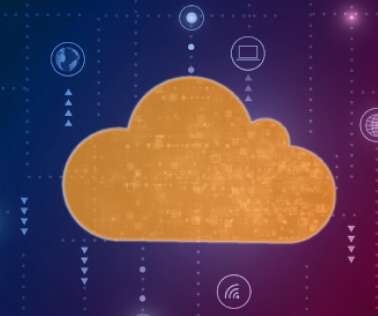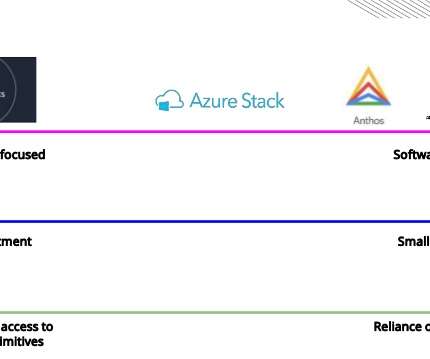Many Customers Have Moved Their Oracle Workloads to the Public Cloud – Is the Time Right for Your Organization?
Apps Associates
APRIL 20, 2022
Capsule summary: Re-architect, migrate and re-platform complex Oracle E-Business Suite ERP environment from IBM AIX to Linux on AWS including multiple environments (production, non-production) with disaster recovery and backup, configuration of license manager.















Let's personalize your content